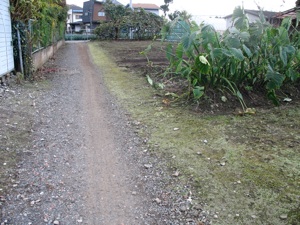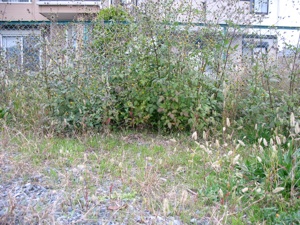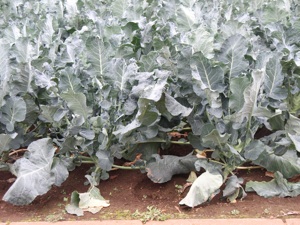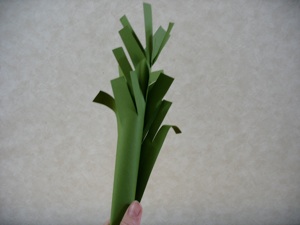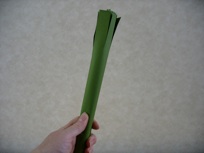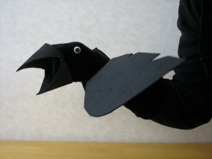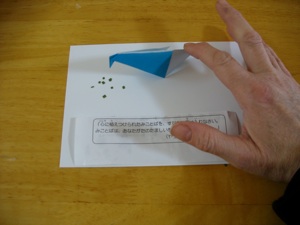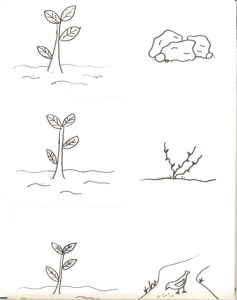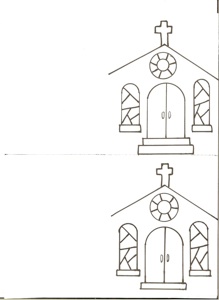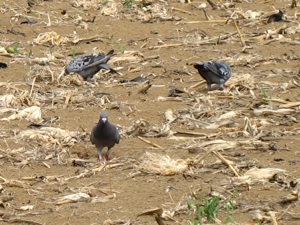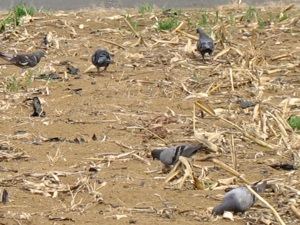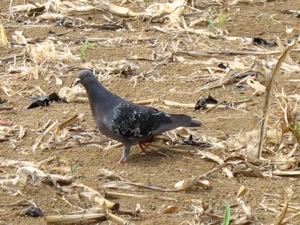Sunday School or Bible Clubs > Ideas for Activities by Reference Parable of the sower
SS-LES-Matt. 13
Story: Parable of the Sower
Reference: Matthew 13:1-23
Main point: When people hear the gospel, there will be these 4 responses. What kind are you?
Verse: James 1:21 or 22
The following ideas are grouped into categories by how they might be used in teaching the lesson. Activities to introduce the lesson would not be the same kinds of activities as those used to apply the lesson, although some of the ideas could be used in more than one category. There are several ideas for each category in the hopes that out of 3 or 4 options, one will fit your lesson and your class. So choose one activity from each category--if you try to do them all, the lesson will last for hours! Be sure to read the Bible passage before you read these suggestions, or they won’t make much sense.
Activities for Early Birds:
1. Give them cards to help them review last week’s verse. Write a phrase on each one, and give them a stop watch to see who can line them up in the fastest time. Scramble them, and let the next person try. Once they are good at it, try removing a card, and see if they can recall it from memory. Give a small prize (such as a piece of candy) to all who can quote it from memory.
2. During the week, save seeds from the fruit you eat. On Sunday morning, let the early birds try to guess what fruit the seeds came from.
3. Ask children if they or their parents have ever planted plants before, and ask what kind of problems they encountered.
4. Create an invitation to come to church, and make enough copies for the early children to each have one. Give them materials to color or decorate it. They can take it home and give it to a friend to invite them to come to church. These can be in the shape of a card, but they will be more fun if they are in the shape of a toy. For example, you can have the children make tops. Make octagon shapes on the computer (be sure to mark the center) and print onto sticker paper from the 100 yen store. Have the children stick these to thin cardboard, such as the side of a cracker box, and cut them out. Poke a hole in the middle with a tack, then push a toothpick through the hole to form a top. These will not work if the toothpicks are not exactly in the middle. Just for fun, you can put “Come to church” on 7 sides, and “Don’t come to church” on the 8th side. When the children give the tops to their fiends, they can encourage them to spin the top, then tell them that they have to do whatever is says on the side that the top lands on.
5. Give them a secret code and a short message to “translate.” See #1 under “Ideas for an Introduction” for an explanation.
Ideas for an Introduction:
1. Explain how parables are stories that have two meanings. There is the story that everyone can understand. Then there is the secret meaning to the story that only people who have it explained can understand. It is kind of like a secret code. With a secret code, you can see the message, buy you can’t understand what it says. Jesus used parables to teach people, then when he was alone with his disciples, he taught them the secret meaning. Today’s story is one of Jesus’ parables.
2. Tell a story about planting seeds from your own experience, and some of the problems that you encountered, such as slugs or aphids. Even if you have never planted anything, you can ask the children if any of them have ever planted anything with their parents, and what problems they encountered. You should have a back up introduction incase no one has planted seeds before.
3. Ask the children if they have ever seen a famous person. Ask them if they have heard of the paparazzi--photographers who chase famous people around to try to take their picture. In today’s story, there were no paparazzi, but there were so many people crowding around Jesus to try to see him, that he got in a boat so that everyone could see him and hear him. Show the children a picture of a row boat or small fishing boat. This is the story he told while he was standing in the boat.
Ideas for Teaching the Bible story:
1. Use a time line to help the students understand the time period this lesson takes place in, if the previous lessons have come from a different part of the Bible.
2. Visual aid: use objects to tell the story--a dead potted plant, seeds, bird puppets or figurines, rocks, weeds, and thorns
3. Visual aid: use pictures of seeds, birds, rocky soil, weedy soil, thorny soil, and good soil
4. Visual aid: make paper puppets of the plants and birds to illustrate the story
Ideas for Reenforcement Activities:
1. Craft: Glue a copy of the verse on a paper cup and let the children decorate it. Have the children fill their own cup with potting soil, and plant a few seeds, and water them. Make sure to pick seeds that are quick and easy to grow. If you are teaching this lesson in the winter, the children are not likely to be able to make their plants grow from sun that comes in their windows. So it might be better to germinate some beans ahead of time, and show the children the beans that have 2 leaves growing out of them. Or just choose a different craft.
2. Craft: Print out the verse and have the children glue some seeds to the side of the verse. Now show them how to make an origami bird, and tape it to the verse so it can tip the bird to pretend to eat the seed. As they are making the birds, you can encourage them to not let satan steal the words that they hear in Sunday School--encourage them to review memory verses so they don’t forget them.
3. Craft: Make invitations for children to invite their friends to church. Explain that when they tell their friends about Jesus, different people will respond in different ways, just like the 4 different kinds of soil in today’s story--not all will believe just because they have heard about Jesus. Tell them how we want to tell as many people as possible so that more people have a chance to learn about Jesus.
4. Craft: make wordless books or bracelets, and teach them how to use them. See #4 below.
Ideas for Application:
1. Ask them what kind of soil they think they are. Since they are coming to Sunday school, it looks like they are good soil. But if they quit coming to Sunday school because of joining a baseball or soccer team, they would be like the thorny soil because the interests of the world choke out the interest in hearing God’s word. If they quit coming to church after middle school because church is not as interesting as Sunday school, they are like the weedy soil because hard things make them give up and not keep going to church. If they forget the Bible stories and Bible verses, or listen to the the Bible stories, but don’t do what it says, it is like the seed that falls on hard ground, because they heard God’s word, but it hasn’t changed their lives. Spread cards with the pictures of the kinds of soil on the front, and the day’s Bible verse on the back. Let each one choose a card with a picture of the kind of soil they want to be. Then pray aloud for the children for God’ strength to keep following Him even when things get hard, or when other fun things tempt them to do that instead. Pray that each of the Children will keep following Jesus all their lives.
2. Make cards for a matching game with pictures of the 4 kinds of soil, labeled with the words, 1.forget, or neglect to obey (hard soil)2.quit because of hard things (weedy soil), 3. get involved in other fun activities (thorny soil), and 4. follow Jesus not matter what (good soil). Make more cards with short examples of people who encounter problems to believing the gospel. Use the cards as a matching game that everyone can work together to match them up.
3. Make the same cards as above, but instead of a quiet matching activity, use them in a rowdy game. Make several copies of each of the 4 soil cards. Spread them on the table. When you read the short examples aloud, the children try to be the first to grab the matching soil card. The child with the most cards wins.
4. Teach the children how to tell their friends about Jesus, and let them practice on each other. Sometimes it is easier having something to hold and point to, so a wordless book or bracelet can be a simple way to explain the gospel, and a good way to remember several points.

